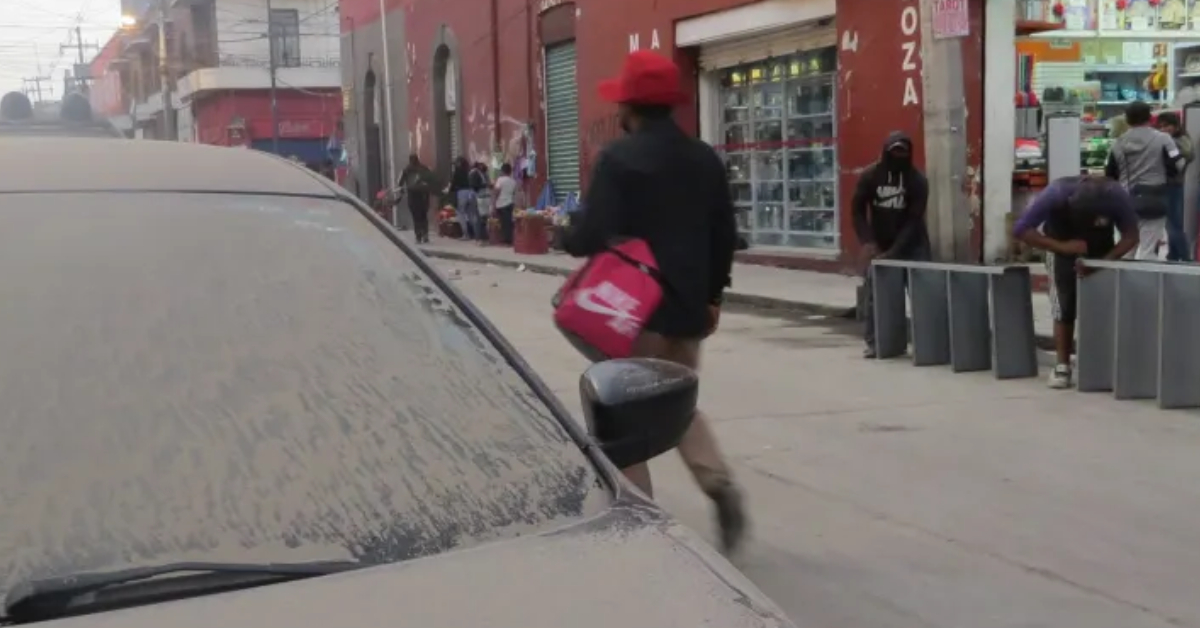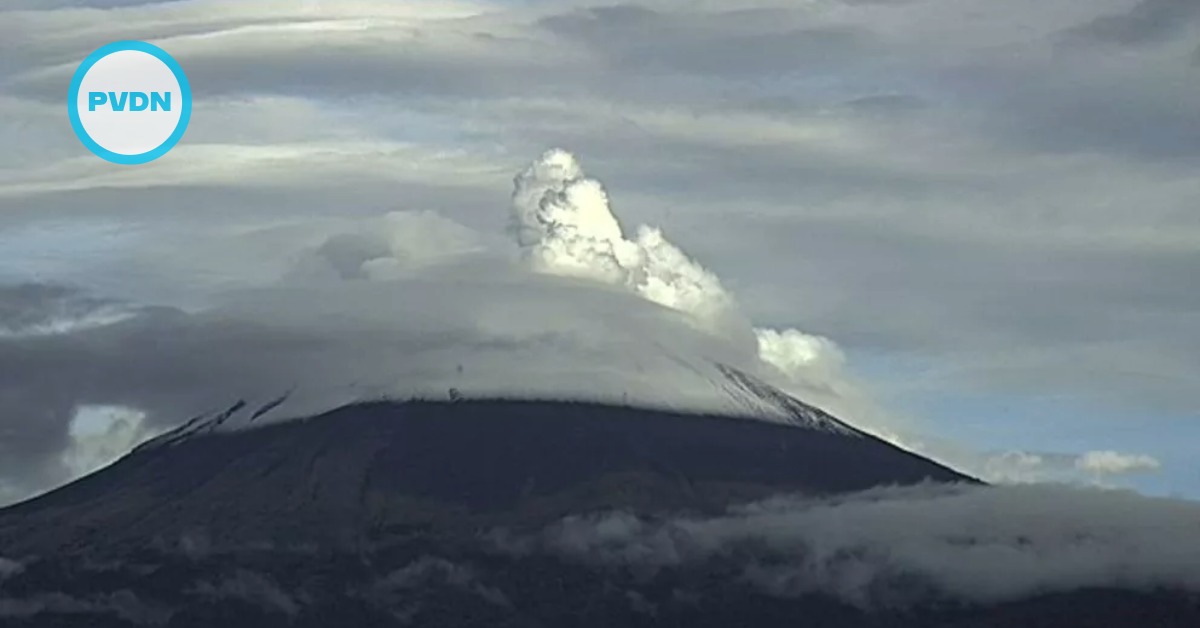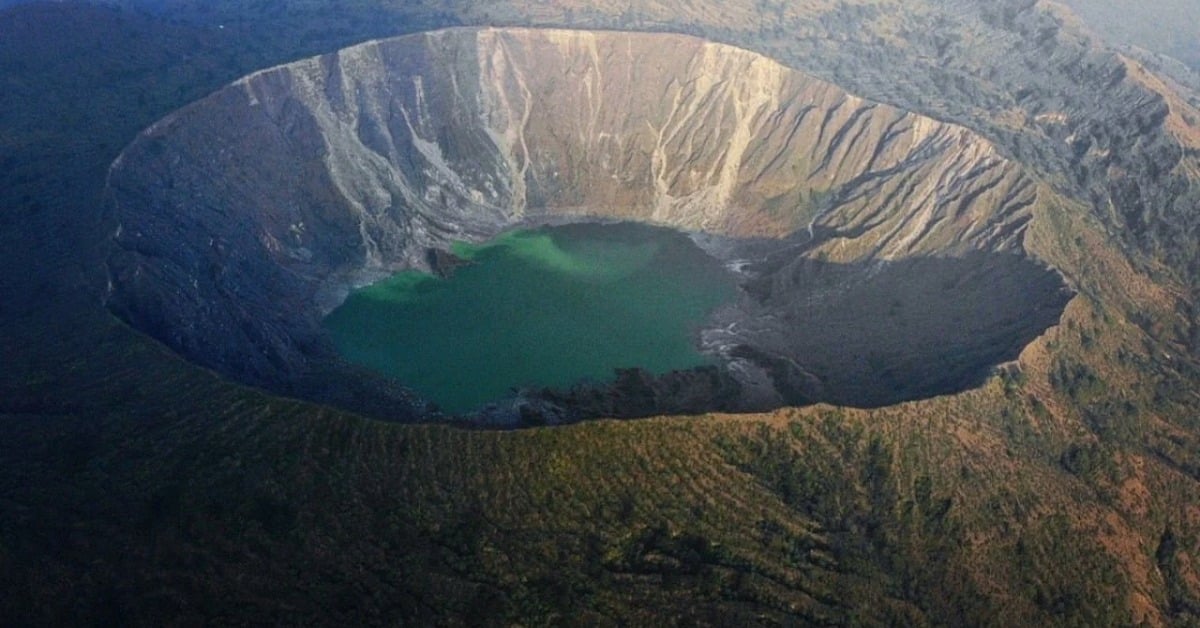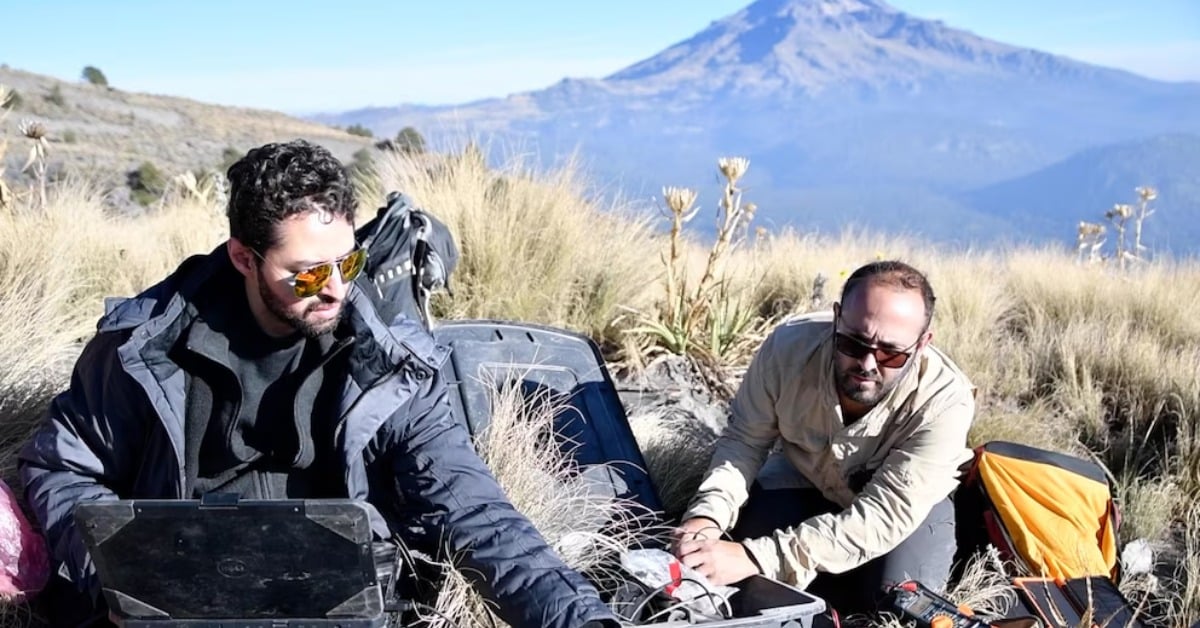Ash from the volcano has been falling heavily for a few weeks now, but Sunday was much worse. Nevertheless, many people still had to work outside all day, despite the hazards. The fish and vegetable street vendors were working, a woman was pacing up and down my street selling flower bouquets, the pizza and taco and corn sellers on other nearby corners were working, too . . .







